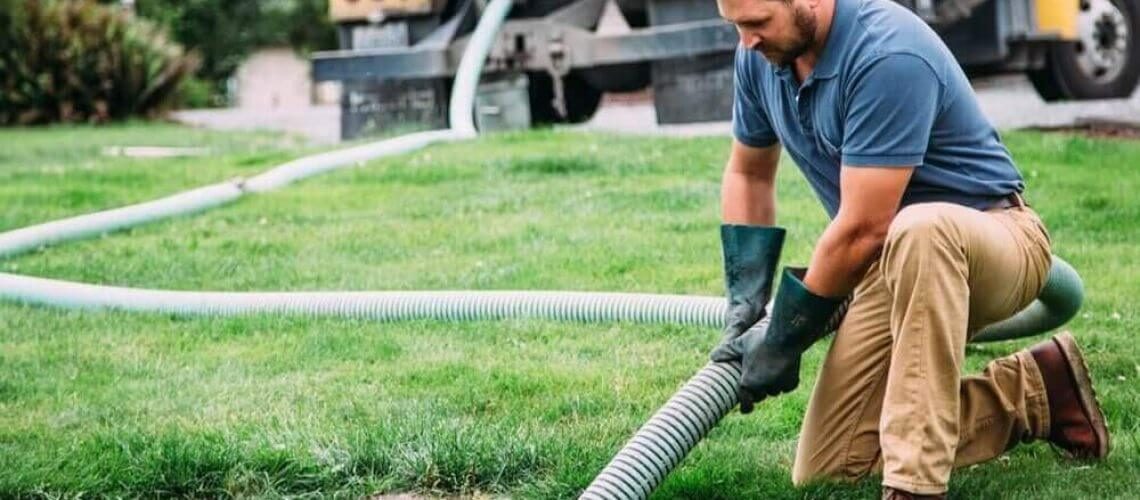We rarely consider septic systems even though they offer a special service. However, when they leak, the only thing we can focus on is that leak. The amount of water we can use inside our homes is reduced, while outside, our septic tank leaks into the yard, harming the environment and our health. Without a doubt, if this plumbing emergency occurs, we want to be prepared to handle the situation with composure, effectiveness, and knowledge. This page will discuss septic system operation, various techniques to spot a problem, and what to do in the event of a leak.
Signs Of Septic Tank Problem
Septic tanks are prone to leaks and other kinds of damage. Some warning signs usually accompany these problems, including foul smells, lush greenery, and overflowing toilets.
Why Is My Septic Tank Leaking?
There are many possible reasons why you’re experiencing an overflowing septic tank. The common ones are lack of proper maintenance, environmental factors, and construction and design errors.
1. Irregular Maintenance
As the wastewater goes through the tank, solid waste and things that don’t break down quickly sink to the bottom. Over time, the level of sludge goes up. Septic tanks should be pumped out every 3–5 years to keep this happening.
2. Cleaning Products Are Harmful To Useful Bacteria
The bacteria in a septic tank are useful for breaking down wastewater before it goes into the drainage fields. If the level of bacteria in the tank is not enough, the solids may not break down; they’d start to accumulate much faster than usual, potentially leading to a tank overflow or a clog in the drainage pipes or trenches.
3. Improperly Designed System
A septic overflow can often be traced back to a poorly designed system. Drainage pipes usually need a 1 or 2 slope so wastewater can drain properly. If the slope of the pipes isn’t deep enough, the wastewater won’t flow as it should.
How To Fix A Leaking Septic Tank?
1. Do Not Pump Water Out
It is highly recommended that you not pump water from your tank into your yard. Children and pets can walk through it, and it could end up in a stream, which could be bad for your health and lead to a disease that can be spread through water and is both deadly and very contagious.
2. Locate The Exact Placement Of Your System
When a tank is flooded, water will seep through any opening, including the inlet and outlet pipes and the tank cover. This would quickly fill up with groundwater, carrying soil and silt with it. If this occurs, floating waste inside the tank will come to the top and may clog the inlet and outlet pipes.
3. Inspect For Damage
Inspect the septic tank and drain field for any signs of damage. Common signs are things like holes in the soil. Contact a licensed expert to inspect your system if you see any damage indicators.



